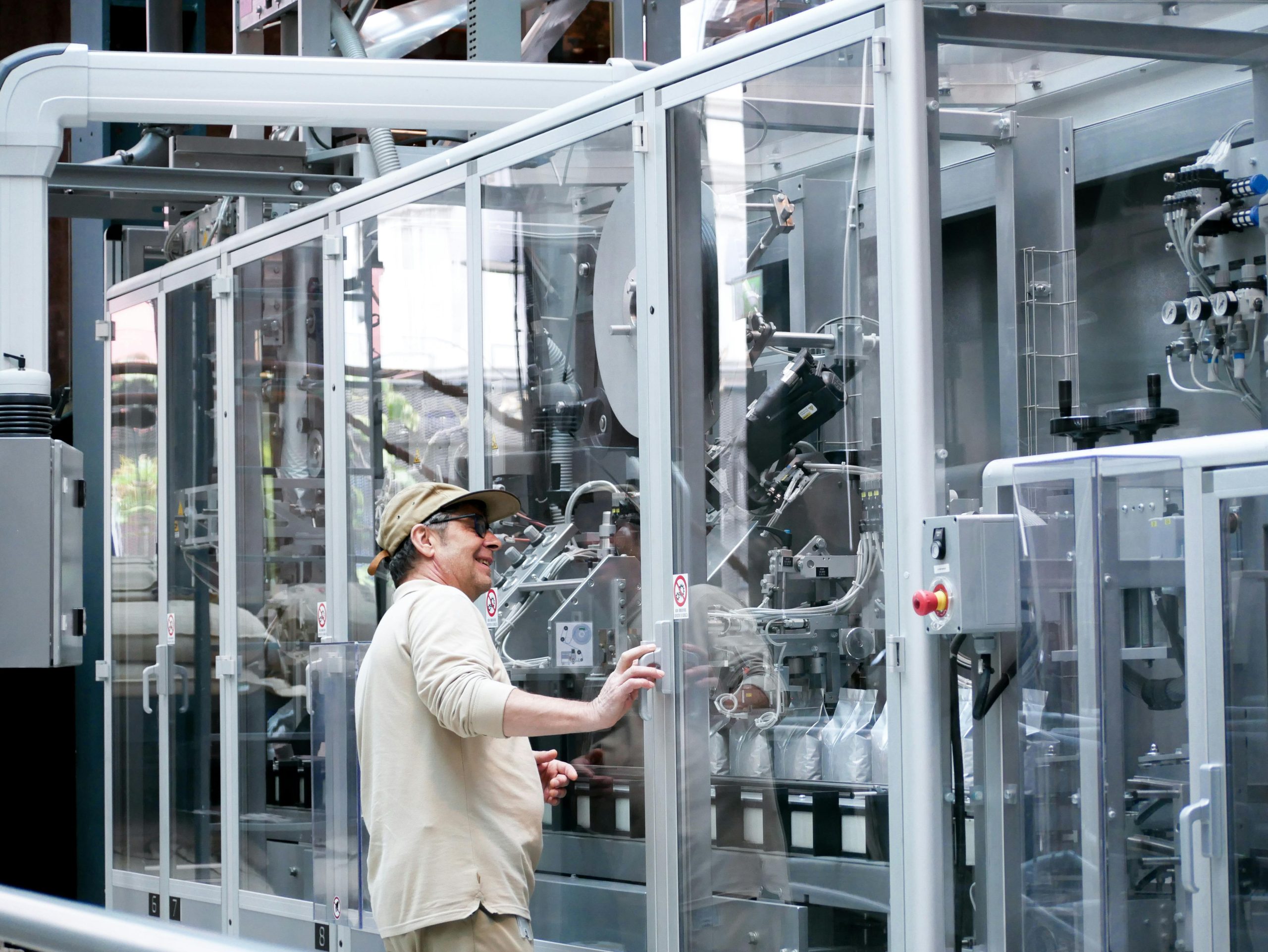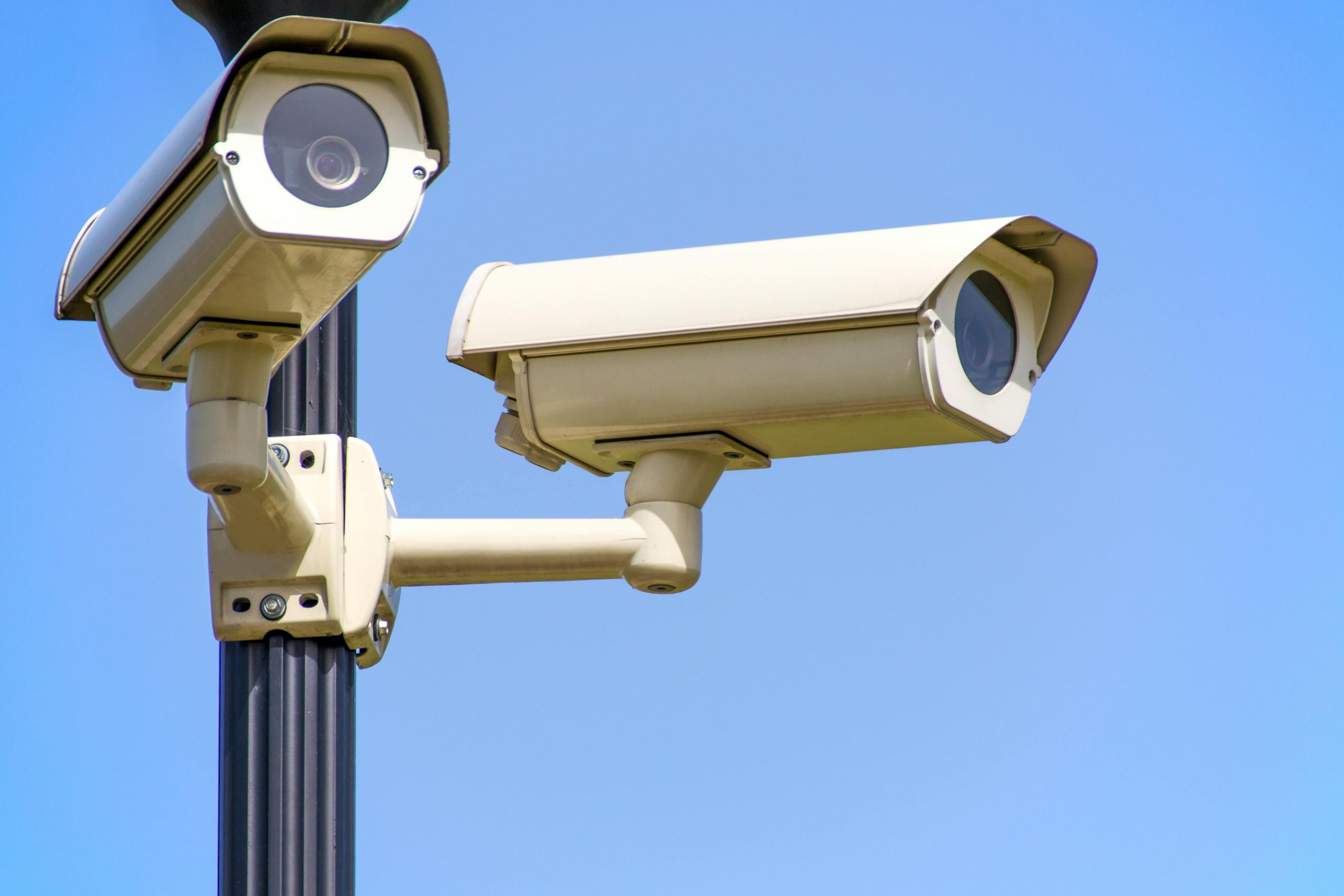Artificial Intelligence (AI) is increasingly integral to modern business operations, offering transformative capabilities in task automation, decision-making, and real-time analytics. By leveraging AI, companies can enhance efficiency, reduce costs, and gain actionable insights, thereby maintaining a competitive edge in today’s dynamic market.
Task Automation
AI-driven automation streamlines repetitive and time-consuming tasks, allowing employees to focus on more strategic activities. A survey by Forbes Advisor indicates that 56% of businesses are applying AI tools to enhance and perfect their operations.
Additionally, 73% of IT leaders believe automation saves about 50% of the time, and 51% note that automation can reduce overall costs by 10 to 50%.
In the retail sector, companies are adopting automation technologies such as electronic shelf labels, self-service tills, and robot packers to address rising labor costs. For example, electronic shelf labels allow for quick price changes, reducing the need for manual updates.
Decision-Making
AI enhances decision-making by analyzing vast amounts of data to identify patterns and provide predictive insights. According to a report by Vena Solutions, 74% of sales professionals leveraging AI in processes like digital marketing believe AI/automation tools will significantly reshape their roles in 2025.
Furthermore, 82% of sales employees report increased time for customer relationship building due to automation.
In the financial sector, companies like Visa and PayPal are utilizing AI to reduce fraud-related operating expenses. For instance, PayPal experiences $1 billion in annual fraud losses, and AI can significantly reduce these expenses by enhancing fraud detection capabilities.
Real-Time Analytics
AI-powered real-time analytics enable businesses to monitor operations instantaneously, facilitating swift responses to emerging trends and issues. A report by MicroStrategy indicates that 75% of businesses have invested in AI analytics, and 80% of these organizations report direct revenue growth as a result.
In the beauty industry, AI is being used to enhance supply chain management, product development, and personalized customer experiences. Reports predict AI could contribute $450 billion globally, with the beauty sector benefiting up to $10 billion. Companies like Ulta Beauty and L’Oréal are investing in AI-driven tools to provide hyper-personalized services and reduce operational costs.
Incorporating AI into business operations is no longer a futuristic concept but a present-day reality. By embracing AI for task automation, decision-making, and real-time analytics, businesses can achieve greater efficiency, make informed decisions, and stay competitive in an increasingly data-driven world.




